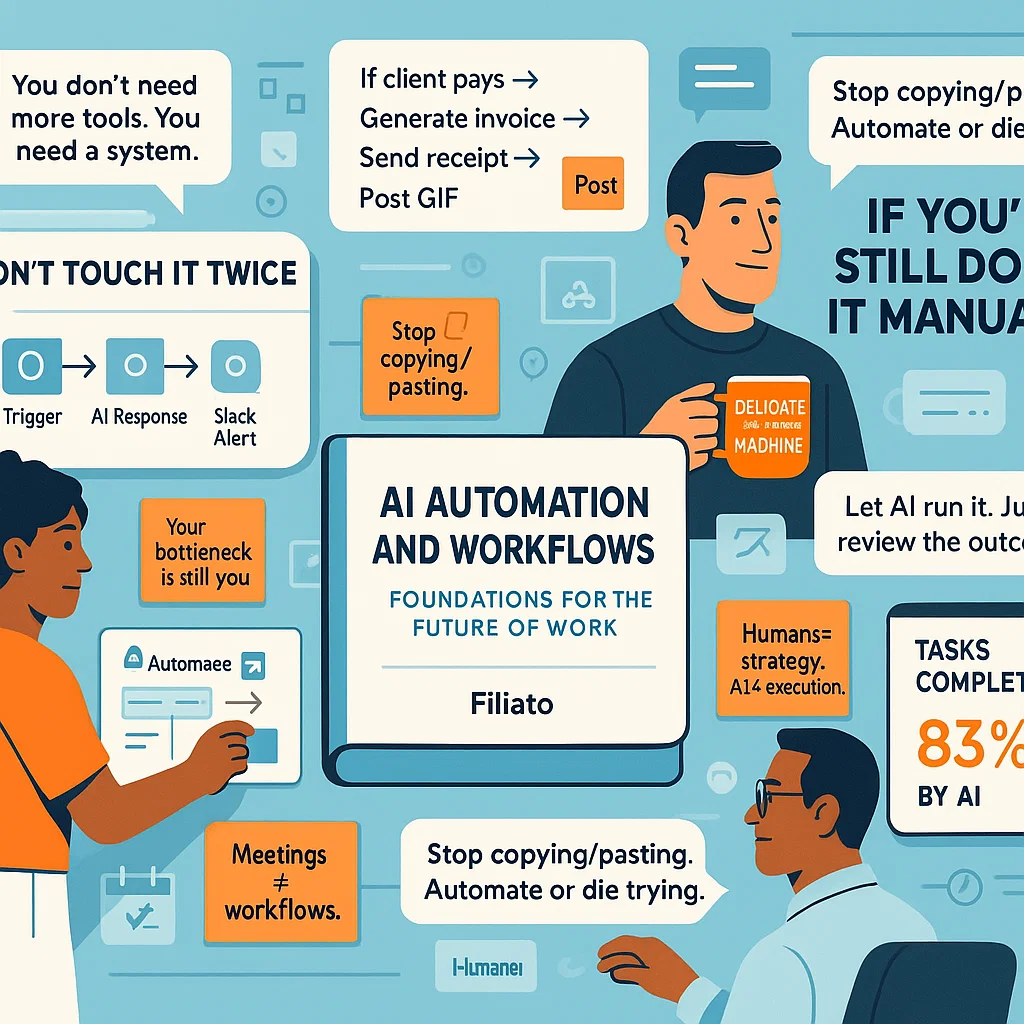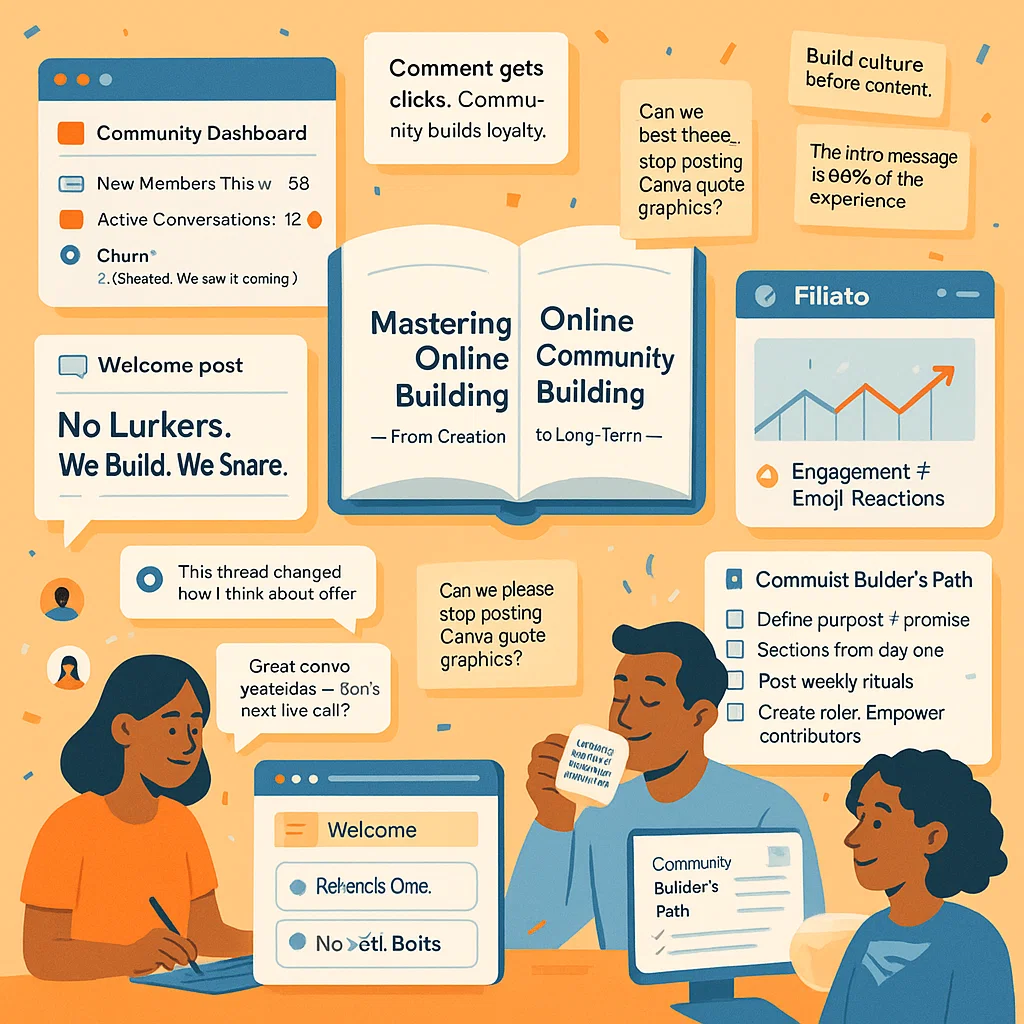Thinking About Freelancing in 2025? Here’s What Beginners Should Know Before They Start
Freelancing today is no longer just a side hustle—it’s a serious career path, and more people are stepping into it every year. But if you’re new to the space, it’s easy to get overwhelmed by platforms, profiles, and productivity hacks. Before you rush into building a portfolio or signing up on every site, there’s one question worth asking:
What kind of freelancer do you want to be?
This post isn’t about hacks or shortcuts. It’s about understanding the mindset, expectations, and foundational steps that help beginners build something sustainable—whether part-time, full-time, or in-between.
What Freelancing Really Means
Freelancing is the act of offering your skills to clients without committing to a single employer. On the surface, it looks like freedom—and it is, in many ways. You set your schedule, pick your projects, and decide your income ceiling. But it’s also work that demands structure, discipline, and a strategic approach to learning and positioning yourselfIntro Freelancing.
Before you start pitching clients, it helps to step back and get clear on what freelancing requires.
Five Things Every Beginner Should Focus On First
The following steps are drawn from the Intro to Freelancing guide by Filiato and represent a path for new freelancers to build a solid foundation:
1. Clarify Your Reason for Freelancing
Is it flexibility? More income? Skill development? Creative freedom? Your “why” will guide how you structure your learning, choose your clients, and set your long-term goals.
2. Choose a Niche That Makes Sense
Start by listing what you’re good at—and what you enjoy doing. Then explore where those skills overlap with actual demand. Use platforms, forums, and Google Trends to validate your idea. You don’t need to be the best—you just need to be clear and focused.
3. Don’t Quit Your Job (Yet)
If you’re currently employed, freelancing can be built gradually in 1–2 hours per day. Use that time to research your market, learn key skills, and practice real-world projects. The transition doesn’t need to be rushedIntro Freelancing.
4. Invest in Your Skills, Not Just Your Profile
Platforms are only as powerful as the services you bring to them. Spend your early weeks learning new tools, refining your process, and collecting portfolio pieces—real or simulated—that show your value.
5. Learn the Business Side Early
Freelancing isn’t just doing the work—it’s managing your time, tracking payments, communicating professionally, and navigating contracts. Knowing how to write a clear proposal or send an invoice is just as important as designing a logo or writing an article.
You Don’t Need to Be Everywhere
There are dozens of freelance platforms: Upwork, Fiverr, Freelancer, Toptal, PeoplePerHour—the list goes on. But that doesn’t mean you need to use them all. Instead, pick one that fits your service and client type, then build your reputation there over timeIntro Freelancing.
Tip: Start with the platform where your niche is already active. If you’re a writer, Upwork may offer more options than Fiverr. If you’re a designer, Behance and Dribbble might work better alongside freelance sites.
What Sets Freelancers Apart in a Crowded Market?
Clients aren’t just hiring skills—they’re hiring people they can trust. Here are a few traits that help beginners stand out quickly:
- Responsiveness: Replying quickly and clearly goes a long way
- Clarity: A good freelancer knows what they do and who they do it for
- Consistency: Showing up reliably makes you memorable
- Proof of Work: Even 2–3 well-done samples in a portfolio can help secure your first projects
As you gain experience, your ability to communicate, organize, and deliver results becomes just as valuable as your technical skill.
Building a Freelancing Career That Lasts
Freelancing offers freedom—but long-term success depends on more than talent. You’ll need to learn how to manage uncertainty, protect your time, and keep evolving as markets shift.
That’s why Filiato’s Intro to Freelancing guide includes chapters on:
- Branding and positioning yourself
- Navigating freelance platforms effectively
- Pricing your services and setting payment terms
- Avoiding burnout and maintaining work-life balance
- Scaling from solo freelancer to sustainable businessIntro Freelancing
Whether you’re writing blog posts, designing websites, translating documents, or offering virtual assistance—these principles apply across all niches.
A Different Kind of Learning Journey
This isn’t a race. It’s not about jumping into freelancing just because it’s trending. It’s about making an intentional choice to build something that matches your lifestyle, your pace, and your goals.
So if you’re thinking about freelancing, here’s what to do next:
- Reflect on what kind of projects you’d love to work on
- Spend time learning one skill you want to offer
- Choose one platform and build a focused profile
- Practice writing proposals and create a small, clean portfolio
- Commit to showing up for 2 hours a day, for 30 days
No hype. No pressure. Just clarity, progress, and growth.
Want to go deeper?
This article is part of an ongoing series from Filiato. We’ll be unpacking practical guides, real freelancer case studies, and strategies for building momentum without burnout.


